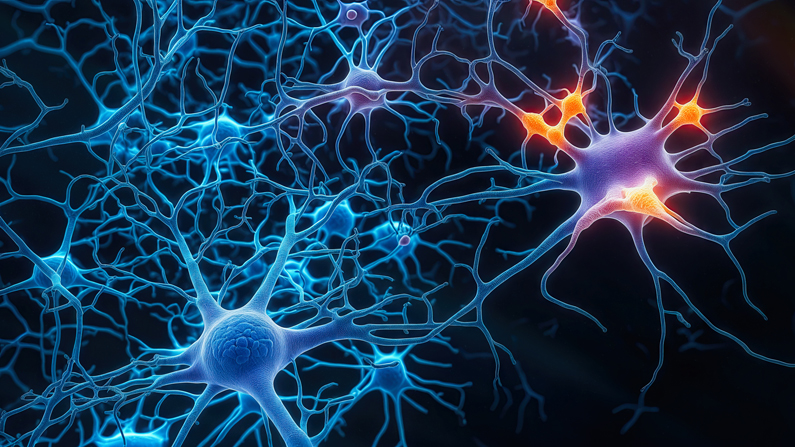For 30 years, Diane Damiano, PhD, has searched for better ways to help children with developmental brain injury

Inside the NIH Clinical Center, a "pint"-size lab is making an outsize impact on children living with cerebral palsy.
Known as the Pediatric Imaging and Neuroplasticity Team, or PINT, the lab is part of the Rehabilitation Medicine Department's Neurorehabilitation and Biomechanics Research Section and is led by Dr. Diane Damiano.
A physical therapist and researcher, Damiano has spent the past 30 years studying the underlying causes of movement abnormalities in children with cerebral palsy and other developmental brain injuries.
Her research has transformed the field, often defying conventional wisdom to produce novel insights and successful treatments to improve the quality of life of children with cerebral palsy, as well as their families.
Cerebral palsy affects half a million children in the U.S. and is the most common pediatric motor disability. Caused by damage to the brain, often from complications of very early preterm birth, it compromises muscle control and coordination, creating movement difficulties.
Early in her career, Damiano was inspired to help this population and worked as an early intervention specialist. "We weren't really making a huge difference in reducing the level of motor disability. We really didn't understand why," she recalls. "I think it's partly because we weren't starting quite early enough."
In the years since, the scientist has strived to reveal what works, what doesn't and why.
One of her key insights is the need to actively engage the brain of cerebral palsy patients during therapeutic interventions, whether during physical therapy or when using robotic assistive devices.
"It's a very different concept. This whole idea of engaging the brain really changes how we design things," she says. "We know that the child has to be actively moving on their own. They're the ones that are going to make the change. They have to be thinking about it [and] they have to feel the sensory consequences. You just can't do something passive and have them get better."
One example is her idea for a computer-controlled pediatric exoskeleton leg brace to help children with cerebral palsy overcome a physically exhausting walking limitation known as crouch gait. (Now in its fourth iteration, the project is spearheaded by her former postdoc and current department colleague, Dr. Tom Bulea, in his spinoff NeuroRobtics Group (NRG) Lab.)
Damiano's ongoing research focuses, in part, on how to strengthen the neural pathways of movement before they are lost during early brain development to children with cerebral palsy, as well as how muscle use, or movement, can help repair the brains of such children.
Among her many current projects is the "Baby G." Installed in the PINT Lab, the custom-built device explains why her 10-person lab is staffed not only by physical therapists and pediatricians, but also research engineers, data scientists and tech-savvy postdocs.
Occupying the space of a small room, the device resembles a climbing harness attached to a cable. Suspended from above, the cable is attached to a nimble, intelligent motor that is free to move along wires of an X-Y axis strung from an overhead frame attached to the ceiling.
Free to follow movement in three dimensions, the Baby G provides just enough weight support to enable toddlers with cerebral palsy to more easily crawl, stand upright, walk, even gently fall down as they play.
While this may not sound revolutionary, the transformation is profound. Damiano shows before and after video from a pilot study of a little girl with cerebral palsy in a pilot study, who cannot walk or stand unassisted. To move, she scoots across the floor while sitting on her knees by flapping both legs and arms. To move, Damiano says, "her brain is learning [incorrectly] that my legs move together, my arms move with my legs."
But supported by the Baby G, that same girl can walk, stand upright, push a toy shopping cart, gather toy blocks and play like a normal toddler.
"She doesn't even look like she has cerebral palsy," Damiano reflects. "It's just unweighting her, which means it's making it easier [to walk]. She doesn't have to try so hard and bring in all the wrong muscles to try to make something happen."
"We don't really give kids [with cerebral palsy] experiences like this in therapy. We try to be very regimented in what they do and try to get small gains. But this … is like coming to a fun gym class. They get to play. They fall, and they have to learn to get back up."
Read the full article online.
- Sean Markey

